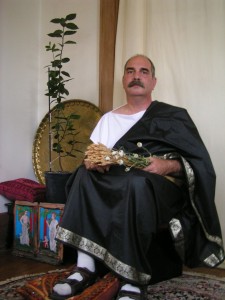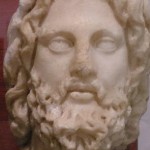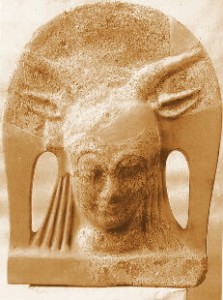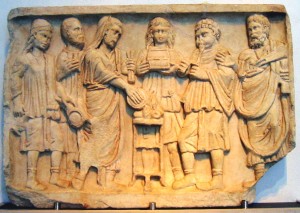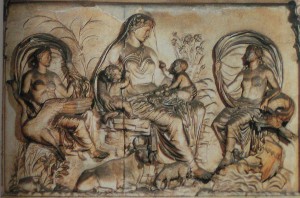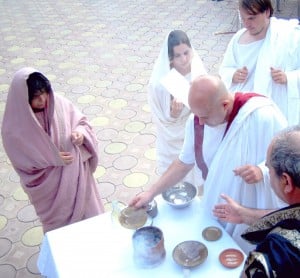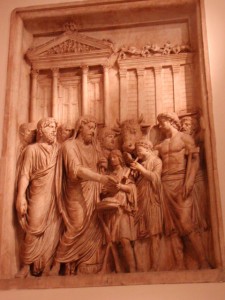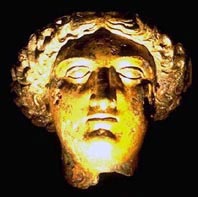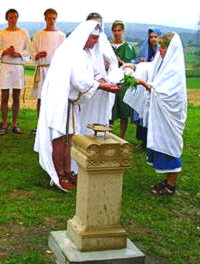Any activity you undertake can be transformed into a ritual act. By doing so, the action takes on a greater significance that integrates the conscious, external actions of the body with the unconscious, internal motivations of the soul. During repetitive activity, rhythm that makes the work easier to perform can lead one into a ritual consciousness that opens into realms of awe. Religious awe offers a loss of self-awareness that empties one into a greater whole. It is a type... Read more


